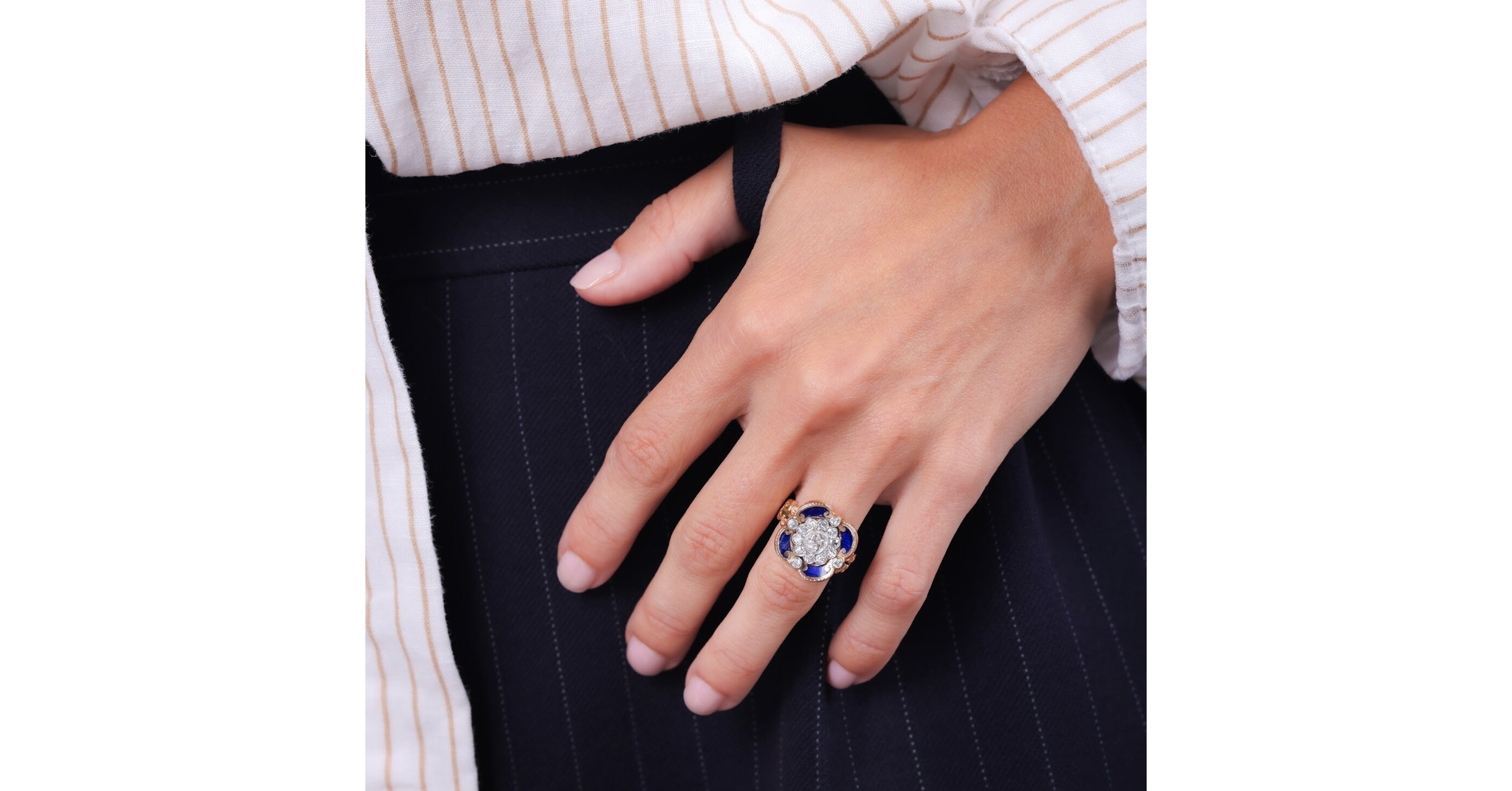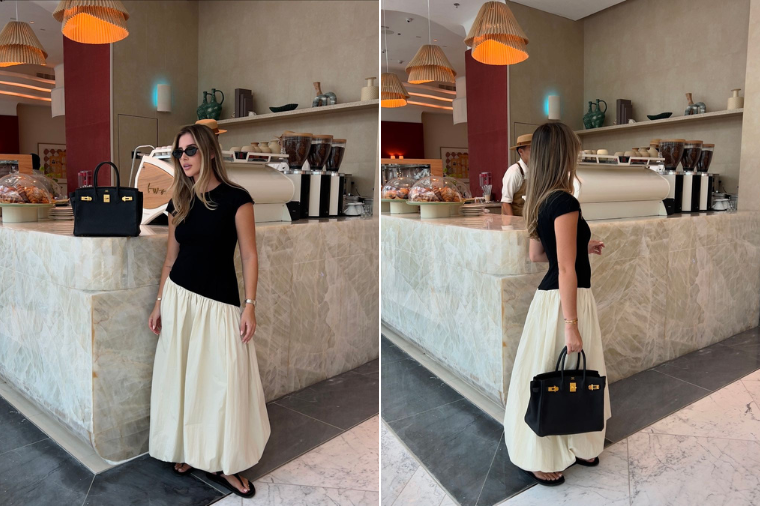The traditional saree , a timeless piece of attire from the Indian subcontinent, is experiencing a modern transformation. Contemporary designers are infusing new life into this classic garment, ensuring its relevance in today's fashion landscape while preserving its rich heritage. They are introducing innovative draping techniques and incorporating modern fabrics.
This article explores the saree 's evolution in the modern era, highlighting these significant changes. The evolution of saree styles Traditionally, sarees were made from silk or cotton and showcased intricate designs. The art of wearing a saree involved precise draping and pleating techniques, taught through generations.
As global fashion trends evolve, so does the saree . Designers are experimenting with georgette, chiffon, and sustainable fabrics to cater to modern tastes while preserving the essence of this iconic garment. Modern draping techniques A significant change in how sarees are worn today is the diversity in draping styles.
The traditional single method has evolved to include dhoti -style wraps, pre-stitched sarees that resemble gowns, and belt-assisted styles that introduce structure and flair. These innovations make the saree more accessible and appealing, particularly to younger generations and those new to its traditional draping methods. Fusion fashion forward Incorporating elements from Western attire into saree designs is a trend gaining momentum among fashion-forward individuals.
Think crop tops.


















